Origins and Development (1961-1970s)
Buena Park Mall (now Buena Park Downtown), developed by John S. Griffith, opened in 1961 on La Palma Avenue in Buena Park, California.
The mall launched with Sears and JCPenney as its primary anchors, quickly drawing shoppers and establishing itself as a retail hub in Orange County.
Proximity to Knott's Berry Farm boosted traffic throughout the 1960s. The mall's convenient location attracted a mix of fashion, electronics, and household goods stores, with retail spaces filling rapidly.
In 1963, May Company became the third anchor, enhancing the mall's appeal and solidifying its role in serving middle-class consumers.
Through the late 1960s, the mall's reputation grew, positioning it as a key player in the county's retail landscape.
The 1970s saw consistent growth as the mall adapted to consumer needs with new stores and services, maintaining its competitive edge even as other shopping centers emerged.
By the decade's end, Buena Park Mall stood as a reliable shopping destination with a solid customer base.
Expansion and Early Success (1980s)
Buena Park Mall thrived in the 1980s. The United Artists Theater opened in 1984, boosting entertainment and drawing in more visitors.
Anchored by JCPenney, Sears, and May Company, the mall maintained strong occupancy, with a steady flow of shoppers.
Retailers like RadioShack, Foot Locker, and Kay-Bee Toys built loyal customer bases during this time.
As newer malls popped up in Orange County, Buena Park Mall remained competitive by refreshing its store lineup, offering reliable parking, and ensuring easy access.
Though competition from places like Westminster Mall, South Coast Plaza, and Brea Mall intensified, Buena Park Mall held its ground, thanks in part to its established presence in the community.
Dining options such as Orange Julius and Sbarro added to its appeal.
By the late 1980s, the mall began to show its age, with some retailers voicing concerns over outdated facilities.
Despite these issues, the mall stayed stable, reflecting broader retail trends when traditional malls still dominated shopping.
Economic Struggles and Neglect (1990s)
The 1990s marked a downturn for Buena Park Mall.
Big-box retailers like Walmart and Target drew customers away, while the rise of outdoor shopping centers added pressure.
Management challenges and delayed renovation plans hurt the mall's ability to compete.
JCPenney closed in the 1990s, reducing foot traffic.
In 1995, the Pritzker family purchased the mall for $41 million from Australia's City Freeholds Inc., planning a $120 million renovation.
However, those plans stalled, frustrating tenants.
Major stores like FedCo closed, accelerating the decline.
The mall struggled to keep up with newer developments like The Block at Orange and MainPlace Mall, which offered trendier options.
Vacancy rates climbed as Buena Park Mall faced battles over attempts to add the Mexican supermarket chain Gigante.
By the late 1990s, the mall was largely outdated. Store closures increased, and the remaining businesses served a dwindling customer base.
Maintenance issues and low foot traffic underscored the mall's decline.
The 1990s showed how quickly a once-busy shopping center could lose relevance when it failed to adapt to changing retail landscapes.
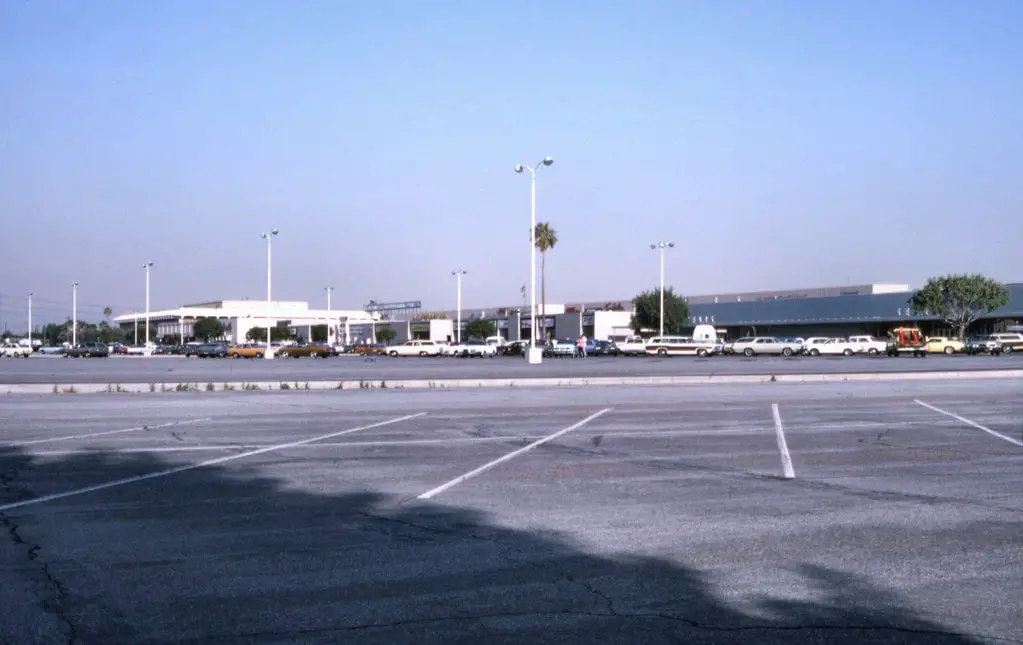
Renovation and Modernization Efforts (2000-2005)
In the early 2000s, Buena Park Mall was struggling.
The city bought the FedCo lease in 2001 for $3.2 million, paving the way for Walmart, which opened in 2003.
The $70 million renovation aimed to revive the mall, but results were mixed.
Krikorian Theaters filled the vacant JCPenney space with a multiplex, but it couldn't fully restore the mall's lost energy.
Burlington Coat Factory closed in 2005, quickly replaced by Steve & Barry's, which also didn't last long.
Portillo's and Pat & Oscar's restaurants opened in 2005, attempting to attract visitors, but the mall still couldn't compete with more modern shopping centers.
The slow, fragmented updates highlighted how difficult it is for older malls to keep pace with changing retail trends.
Continued Decline and Anchor Store Closures (2006-2020)
The mid-2000s saw more closures. Tower Records shut down in 2007, reflecting the decline of brick-and-mortar music stores.
Circuit City followed in 2009, leaving another large vacancy.
Steve & Barry's closed in 2008, leaving entire sections of the mall empty.
Throughout the 2010s, the mall faced new competition from The Source in Buena Park and Downtown Disney, which drew away customers.
Attractions like John's Incredible Pizza couldn't offset the loss of key retailers.
In February 2020, Sears, the last original anchor, closed after nearly 60 years, signaling the end of an era.
By this time, the mall had largely shifted toward discount stores and temporary tenants, losing much of its original retail identity.
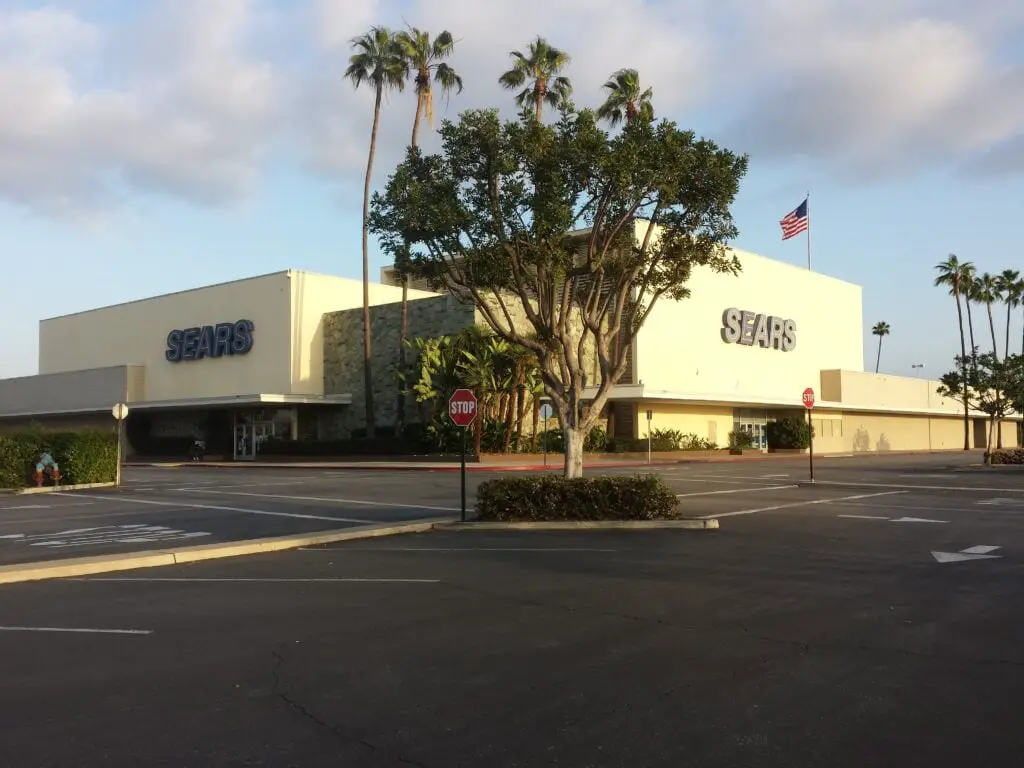
Current State and Struggles (2021-2024)
By 2021, Buena Park Downtown resembled a shadow of its former self.
Empty storefronts, declining foot traffic, and outdated branding reflected ongoing struggles.
Despite Walmart, Ross Dress for Less, and TJ Maxx still operating, discount shops and service-oriented businesses increasingly dominated the retail mix.
Entertainment venues like Krikorian Theaters and Big Air Trampoline Park brought some activity, but they couldn't counterbalance the overall decline.
The closure of Bed Bath & Beyond in early 2023 dealt another blow.
Burlington filled the space, but the change underscored the ongoing difficulty of attracting stable, long-term tenants.
By 2024, empty spaces outnumbered thriving stores, highlighting the mall's struggle to stay relevant in a rapidly evolving retail landscape.
Latest Developments and the Push for Housing (2023-2024)
In 2023, Buena Park Downtown's future took a new direction as local officials approved a major housing project on the site of the shuttered Sears building.
On June 28, 2023, the Buena Park City Council approved a development plan to replace the vacant anchor store with 1,300 residential units.
This move reflects the growing trend of repurposing struggling retail spaces into mixed-use developments.
The housing project has stirred both support and concern.
Advocates see it as a practical response to the region's housing needs, providing much-needed residential options near transit, shopping, and entertainment.
However, locals and some businesses have raised worries about the impact on traffic, parking, and infrastructure.
Parking, especially, has become a focal point, with questions about whether the current mall setup can handle both retail visitors and new residents.
This decision follows months of community discussions, virtual town halls, and debates over the mall's future.
Prioritizing housing marks a shift from earlier attempts to revive the property through retail and entertainment alone.
The plan aligns with broader real estate trends, in which integrating residential spaces into commercial sites is increasingly seen as a solution for aging malls.
Construction is set to begin in late 2024, representing a major shift for a once-thriving retail center.
While uncertainties remain, this development marks a critical moment for Buena Park Downtown as it seeks relevance in a rapidly changing market.



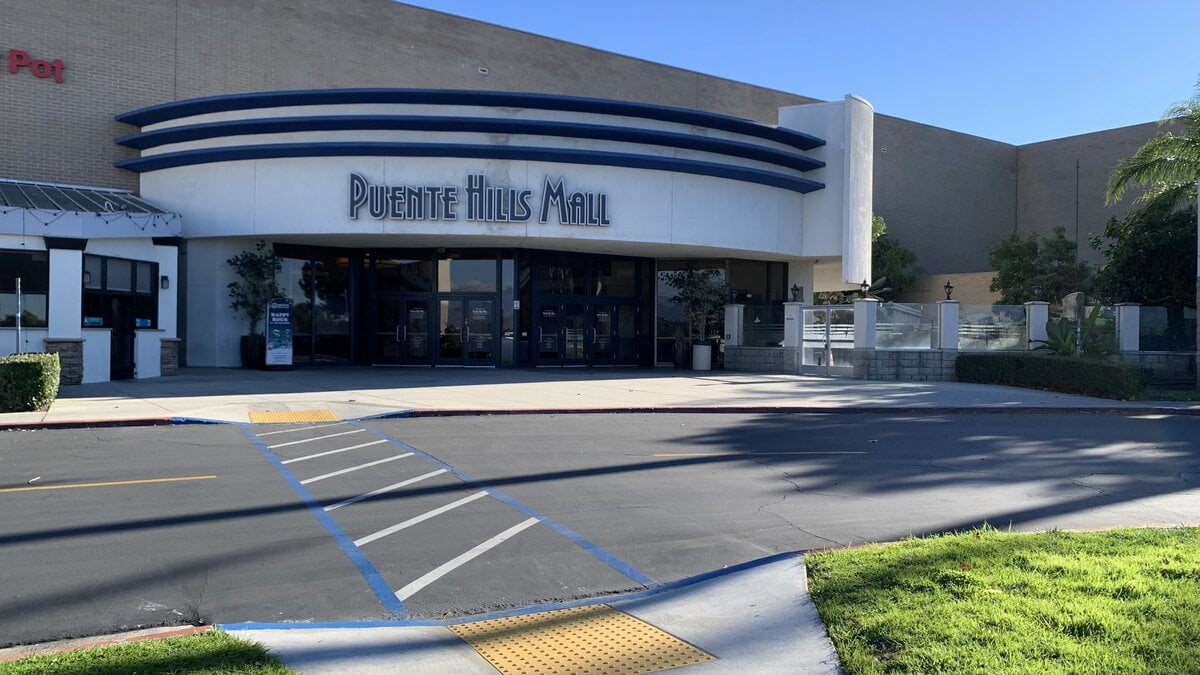
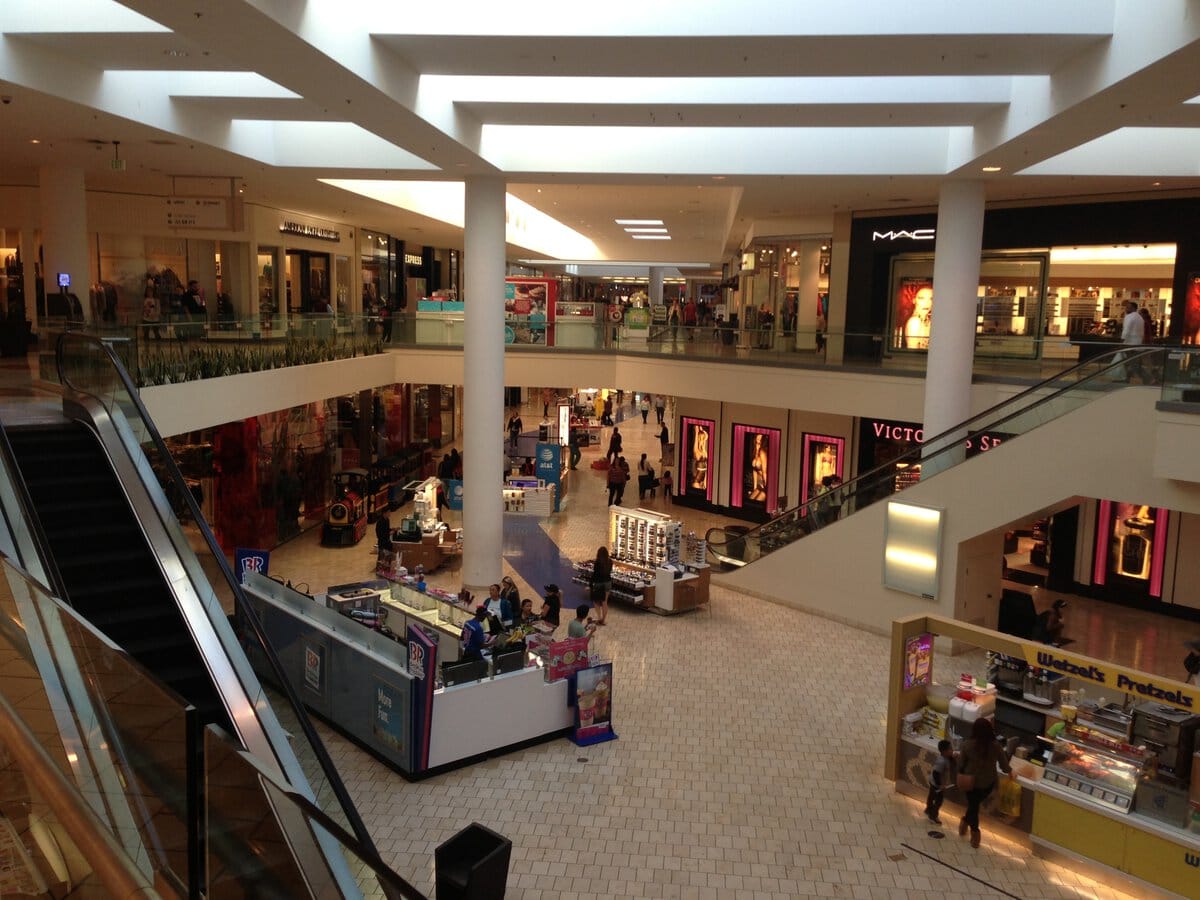
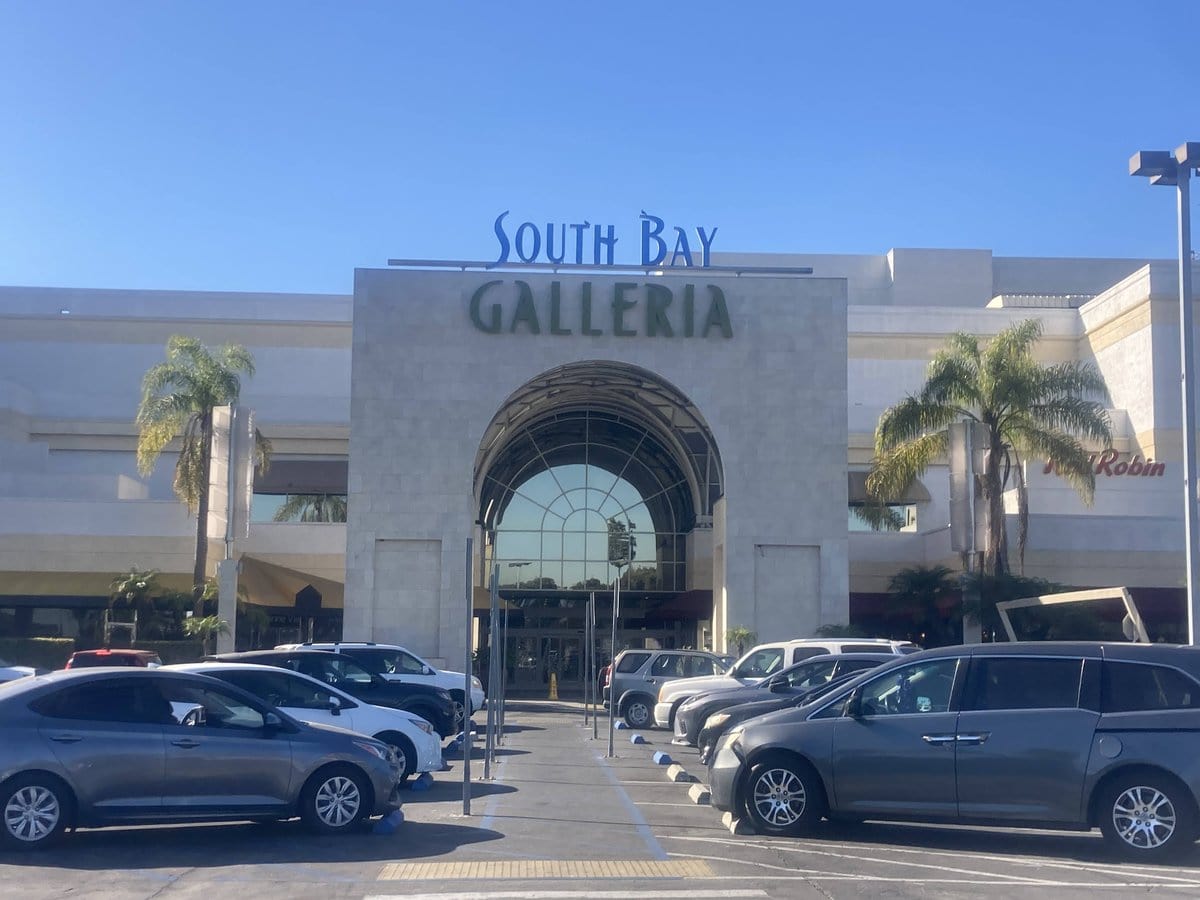
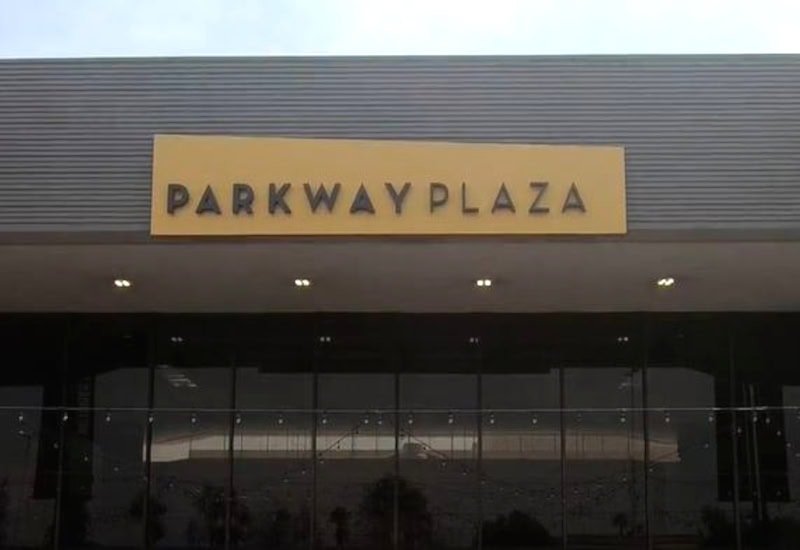
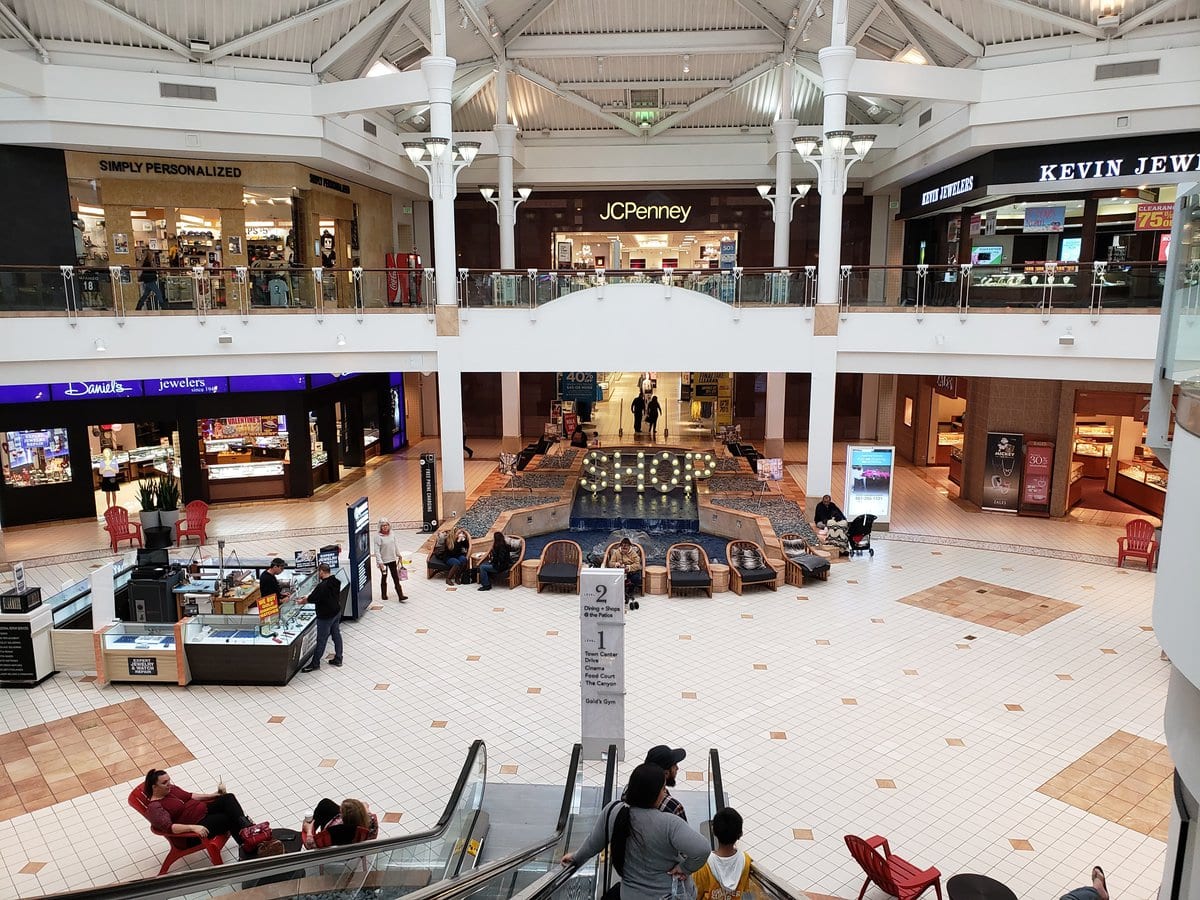
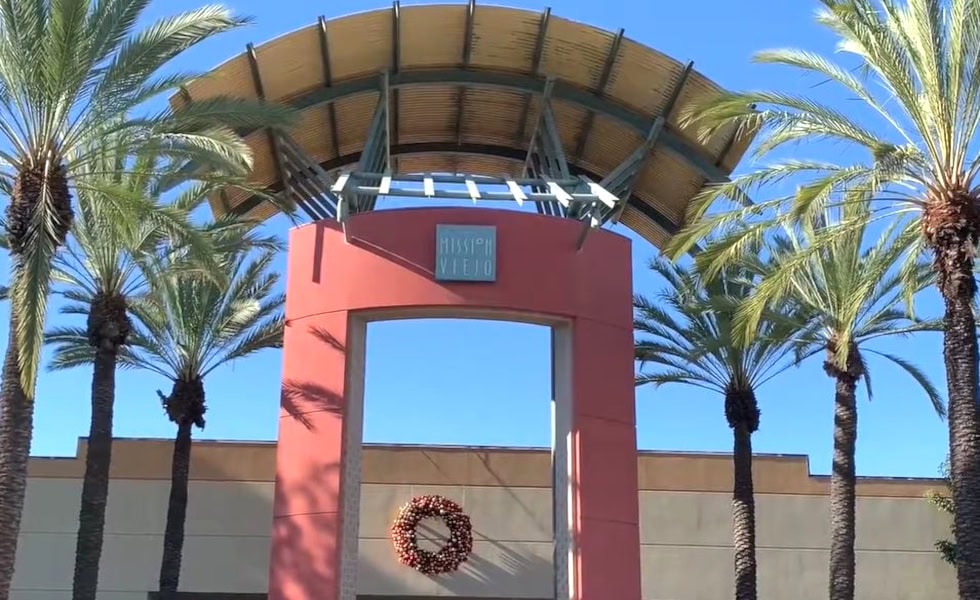
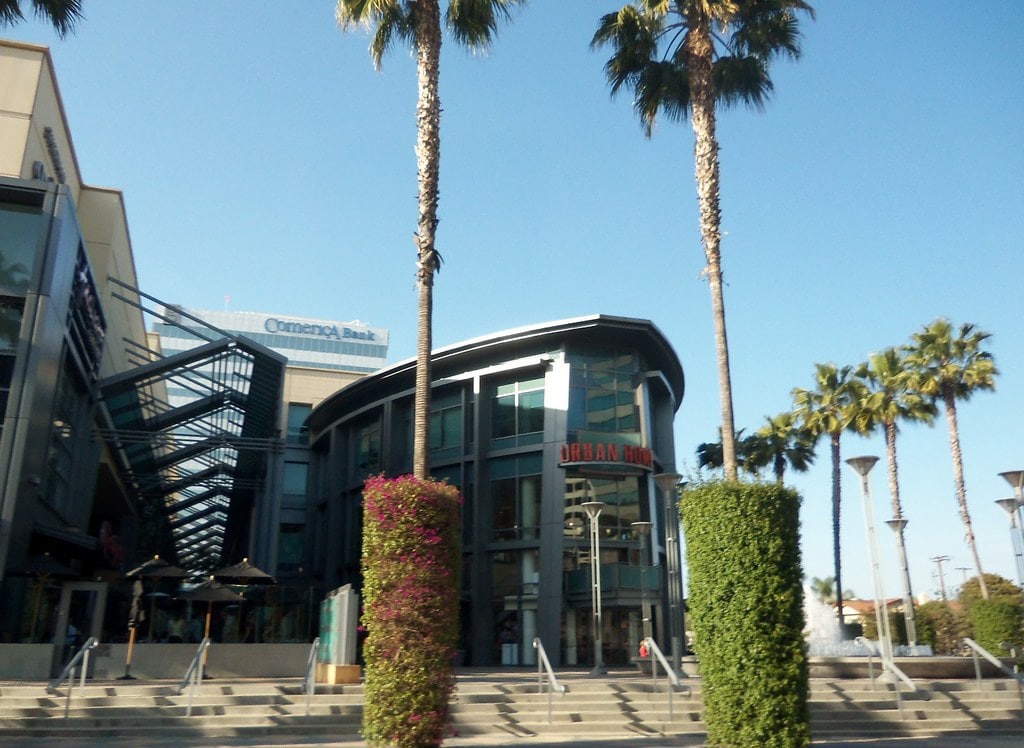
It would be a good place to make lower rent, but protected, living for singles or couples without kids. Kids need more space to run and play.
Thank you for the suggestion! Converting some of the mall space into affordable housing could be a good solution.